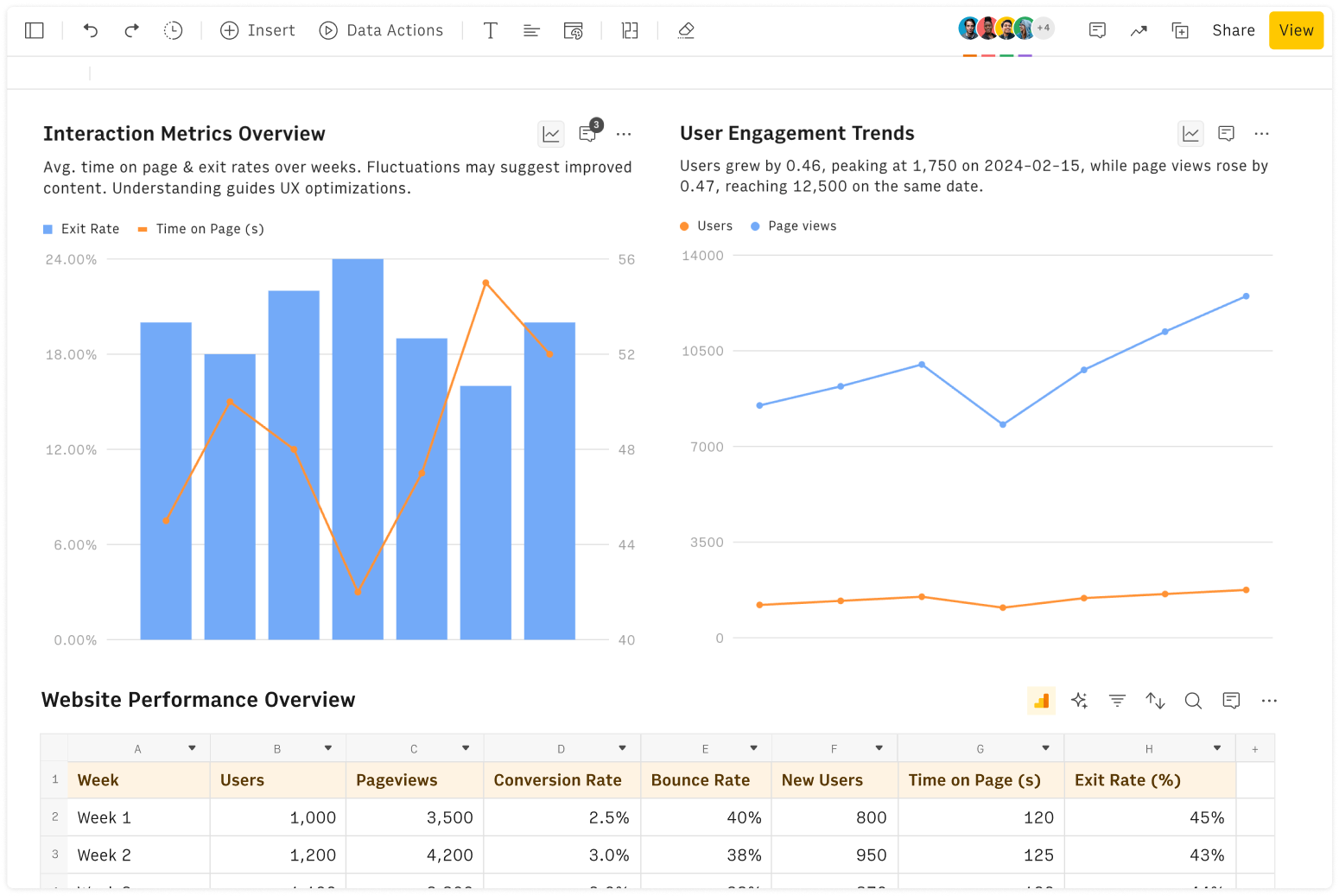What is the Customer Acquisition Cost (CAC)?
Customer Acquisition Cost (CAC) is a vital metric that measures the total cost of acquiring a new customer. It encompasses all marketing and sales expenses involved in convincing a potential customer to make a purchase or sign up for a service.
Understanding your CAC is essential because it directly impacts your company's profitability. A low CAC means you're efficiently converting prospects into customers, while a high CAC might indicate inefficiencies in your marketing or sales processes.
How to Calculate CAC?
Calculating your CAC is straightforward. The basic formula for CAC is:
CAC = Total Marketing + Sales Expenses / Number of New Customers Acquired
This calculator helps to come up with your Sales and Marketing expenses by inputting some basic variables. Let's go through it.
How to use this CAC Calculator?
Our calculator simplifies this process by allowing you to input your specific expenses and customer acquisition numbers. Here's how to use it:
Enter the average monthly sales salary
Input the number of sales people
Provide the total monthly marketing spend
Enter the number of monthly customers acquired
The calculator will then use these inputs to determine your total monthly sales and marketing expenses and divide that by the number of customers acquired to give you your CAC.
How to Optimize CAC
Now that you've calculated your CAC, you might be wondering how to optimize it. Here are some strategies to help reduce your CAC and improve your marketing ROI:
Improve targeting: Focus your marketing efforts on the most promising audience segments to increase conversion rates.
Enhance your conversion funnel: Analyze and optimize each stage of your sales funnel to reduce drop-offs and increase conversions.
Leverage content marketing: Create valuable content that attracts and engages potential customers, reducing the need for paid advertising.
Implement referral programs: Encourage existing customers to refer new ones, lowering acquisition costs.
Optimize ad spend: Regularly review and adjust your advertising campaigns to focus on the most effective channels and messaging.
Improve customer retention: While not directly lowering CAC, retaining customers longer increases their lifetime value, improving your overall CAC:LTV Ratio.
The Relationship Between CAC and LTV
It's important to note that CAC is often compared to another crucial metric: Customer Lifetime Value (LTV). The LTV:CAC ratio helps businesses determine if they're spending an appropriate amount to acquire customers relative to the value those customers bring over time.
Understanding your CAC:LTV ratio is crucial for assessing the efficiency of your customer acquisition efforts. A healthy ratio is typically 3:1, meaning the lifetime value of a customer should be at least three times the cost of acquiring them.
This ratio provides valuable insights into your business's sustainability and growth potential:
If your LTV:CAC ratio is too low (close to 1:1), you're spending too much to acquire customers relative to their value, which can lead to unsustainable growth.
If your ratio is very high (e.g., 5:1 or higher), you might be underinvesting in customer acquisition and potentially missing out on growth opportunities.
The ideal ratio of 3:1 allows for healthy profitability while ensuring you're investing adequately in growth.
By using our CAC Calculator in conjunction with CAC:LTV and LTV Calculator, you can gain a comprehensive view of your customer economics and make data-driven decisions to optimize your marketing and sales strategies.








